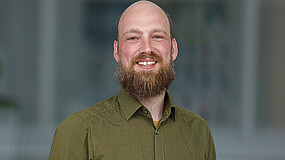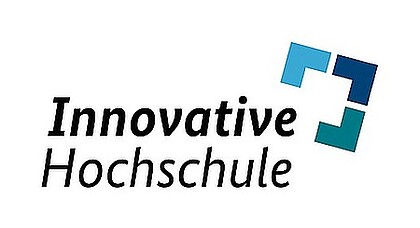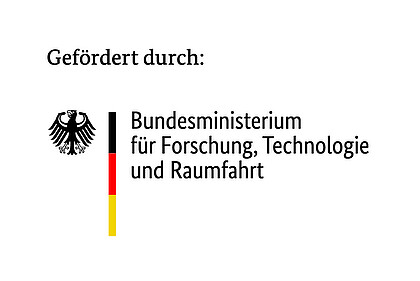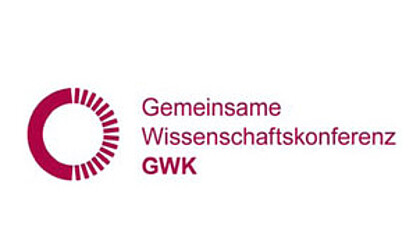Saxony5 connects scientists from the HSZG in the fields of recycling management and energy supply with practitioners in Bernstadt and the surrounding area.
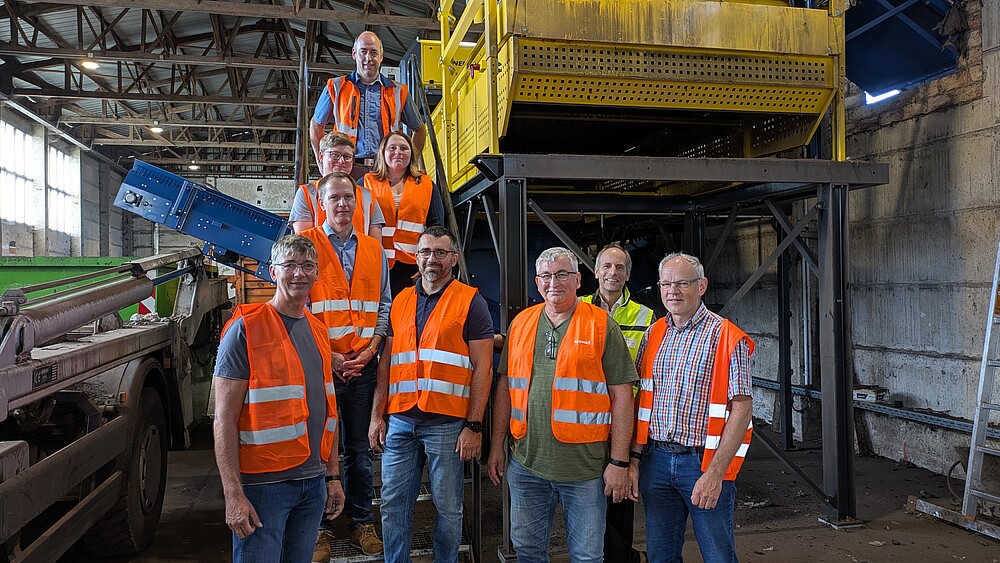
How can recycling, the circular economy and sustainable heat supply be combined? In the Bernstadt district of Kemnitz, there is the "Heat from the organic waste garbage can" initiative. Jan Würsig from Dienstleistungsbetrieb Würsig GmbH in Bernstadt a. d. Eigen invited people to Niedercunnersdorf on the grounds of the composting plant for a joint discussion with the Zittau/Görlitz University of Applied Sciences (HSZG). A joint meeting was held there at the beginning of September 2025.
Jan Würsig presented the project to connect the district of Kemnitz to a local heating network. The aim of the project is to generate sustainable heat from regional biowaste and distribute it to households and businesses in Kemnitz via an approximately 8.3-kilometre-long network of pipes with 73 transfer stations.
The basis for this heat supply is provided by the composting plant operated by Jan Würsig. In this plant, fermented raw compost is sorted and processed into finished compost. During this process, residual material flows are created in the form of plastic, stones and wood - materials that are considered impurities in compost.
One particularly exciting aspect of the project is the innovative sorting of these residual materials. Jan Würsig uses a "UniSort Black" system developed by the Zittau-based company Steinert UniSort to separate and recycle them. This technology makes it possible to efficiently separate out even dark plastics, so that the compost is virtually free of plastic and certification as organic compost is possible.
An important part of the project is the use of the sorted wood. This wood, which is a by-product of composting, is integrated into the new local heating network and thermally utilized. This enables consumers in Kemnitz to become independent of purchasing biomass on the regional market, as the wood is used locally to supply heat.
The concept is a concrete example of a sustainable and innovative solution in the context of municipal heat planning, in which waste streams are used sensibly and the regional energy supply is strengthened at the same time. What is remarkable here is the speed at which the planning is progressing and at the same time - in cooperation with many citizens - the Bürger-Energie-Genossenschaft Kemnitz Bernstadt eG is being founded. An example of what is possible when local people get involved.
For the HSZG, the focus was on the question of how recycling technology, the circular economy, energy supply and citizen participation in Kemnitz near Bernstadt intertwine, how the HSZG can learn from experience and what problems the project can be supported with.
From the point of view of environmental and recycling technology (Prof. Jens Friedrich, Anett Kupka), research questions arise regarding the optimization of waste processing, especially in the separation of wood and impurities.
Energy process engineering (Prof. Tobias Zschunke) sees potential in the energetic use of residual materials, combined with questions of efficiency and approval procedures.
The implementation of heat supply systems (Jonas Pfeiffer) - in combination with the close involvement of citizens via a cooperative - opens up social science perspectives on the acceptance and governance of energy projects in rural areas
The project thus ties in directly with ongoing research activities at the university: At the university's own instituteZIRKON and in the projectCircEcon project are investigating circular processes, economic framework conditions and social participation in the context of sustainable transformation - topics that can be understood in concrete terms in Kemnitz. This was therefore a very interesting insight for the researchers from the HSZG.
The meeting was an example of mutual knowledge transfer between industry and universities, initiated by the Saxon transfer project Saxony5, which bundles the transfer activities of the universities and can thus bring together the university's wide range of specialist offerings with practice partners.
Among other things, a joint research proposal by HSZG and Würsig GmbH was discussed in order to scientifically support the process optimization of waste treatment and integrate it into the CircEcon project.
Mayor Markus Weise also highlighted the fact that two wind turbines in the region that are no longer eligible for EEG subsidies could be integrated into the citizens' energy cooperative - a further step towards a citizen-led energy transition.
The meeting illustrated how local authorities, businesses, citizens and the university can work together on solutions for the heating transition. For the HSZG, this opens up a practical field of research that ranges from technical process optimization and economic analyses to questions of participation and has the potential to become a model for other municipalities in Saxony.
Anyone interested in similar energy initiatives can get in touch with the relevant contacts via Saxony5 and obtain information on participation and funding.
